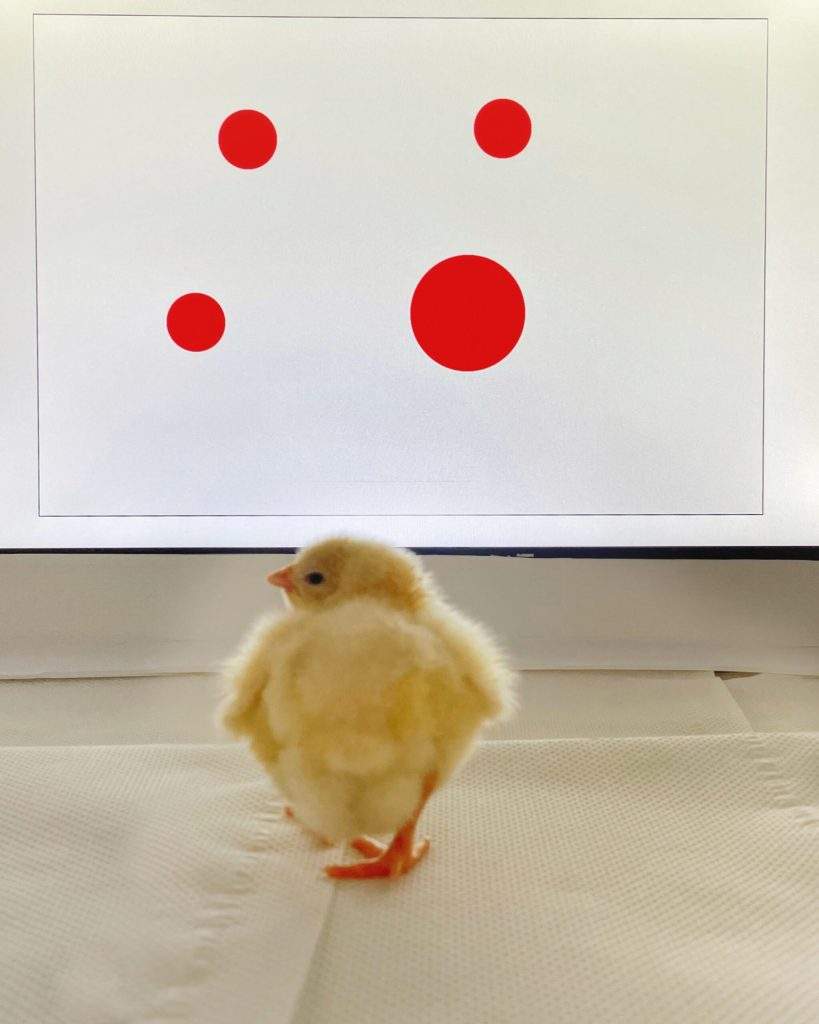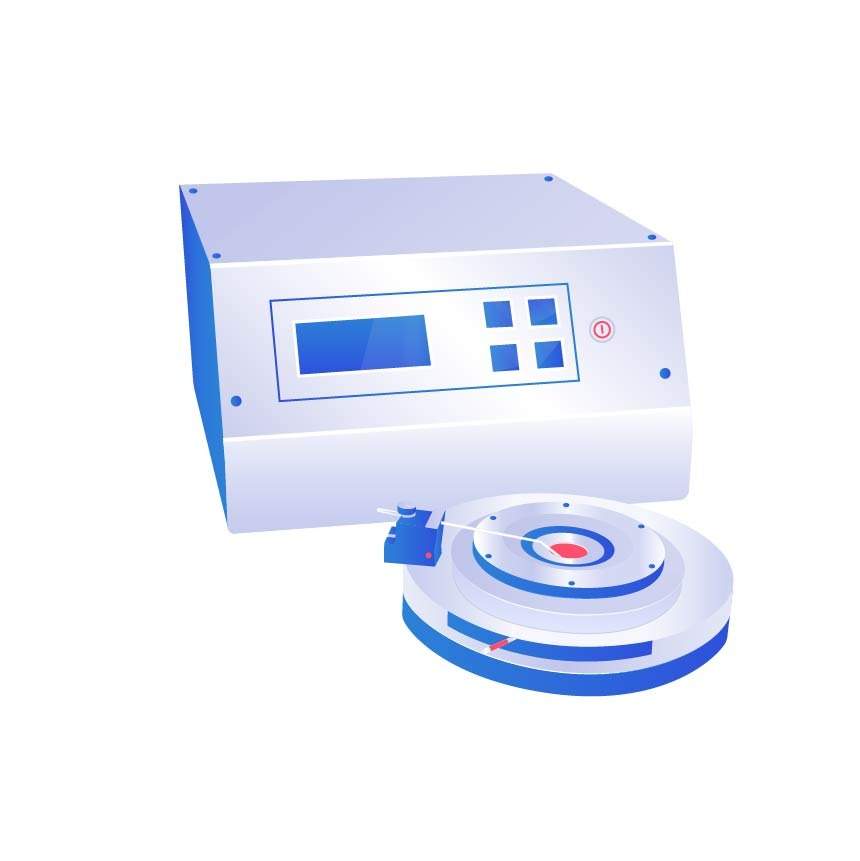At the border between Psychology and Biology -Dr Orsola Rosa-Salva

Using behavioral methods to study animal cognition can be an effective way to learn more about their cognitive abilities. Meet Dr. Orsola Salva, PhD with a background in psychology and interested in animal cognition.
Colorimeter vs spectrophotometer: Which Is a Better Buy?

What Is a Colorimeter? The colorimeter is a device used for colorimetry. It measures the absorbance and transmittance of light waves through a liquid sample.[1] The amount of light transmitted or absorbed by the sample gives the concentration of a known solute in a test solution based on Beer-Lambert’s law.[1] Figure: The diagram of a […]
Visual Patch Testing: Definition, Mechanism, and Application

What is Visual Patch Testing? Patch tests are one of the popular diagnostic tools used in clinical labs to investigate allergies.[1] Its main application includes the diagnosis of allergic contact dermatitis (a delayed type of hypersensitivity – type IV reaction). The test was introduced in the late 19th century, preceded by some preliminary experiments.[1] However, […]
Fiber Photometry: Definition & Equipment Needed

Reference to this article: ConductScience, Fiber Photometry: Definition & Equipment Needed (2022). doi.org/10.55157/CS20221111 Fiber photometry uses spectroscopy to monitor the cellular dynamics in the cell or organ of interest in vivo. It uses photons from the light of a specified wavelength to trigger cells at the region of interest, enabling researchers to monitor the dynamics […]
How Do I Choose The Right Centrifuge? Factors To Consider!

Centrifuges are one of the most frequently used instruments in research and diagnostic laboratories. They create centrifugal force under the influence of gravity for separating liquid or gas samples into fractions. For example, to separate red blood cells from serum or plasma, or to extract nucleic acids or proteins from biological specimens. How Centrifugation Work? […]
Buyer’s Guide: Factors To Consider When Buying A Rotary Microtome

Introduction Microtome is an instrument used in biological labs to cut thin slices or sections of different materials.[1] There are several types available, and the rotary microtome is one among them. The rotary microtome cuts the sections when the tissue blocks are moved in a rotary motion using a handwheel.[1] It’s most commonly used for […]
Principle, Types, and Applications of Patch Clamp Electrophysiology

Patch clamp electrophysiology is an experimental technique that reads into electrical events in cells. The electric potential between the cell membrane reveals the workings of cell membranes and ion channels, a group of proteins that detect and control the movement of ions in and out of the cells.[1] The technique was developed through a collaboration […]
Types and Applications of Imaging Chambers

Introduction Cells are building blocks of organisms. Thus, understanding the whole metabolic processes and dynamics of organisms requires us to look clearly inside cells. Advanced microscopy technologies combined with protein labeling approaches have enabled scientists to understand cellular processes and investigate the dynamic processes in organisms with better resolution and sensitivity.[1] The quality optical conditions […]
DIY: Testing fiber specimens by burning

Introduction Burning is one of the oldest methods used for determining fiber class. In this test, the questioned specimen fiber is ignited over the burner. Do forensic scientists then determine the behavior of the specific fiber, such as how it burn? Does it catch fire immediately? What odor does it produce while burning? Does it […]
